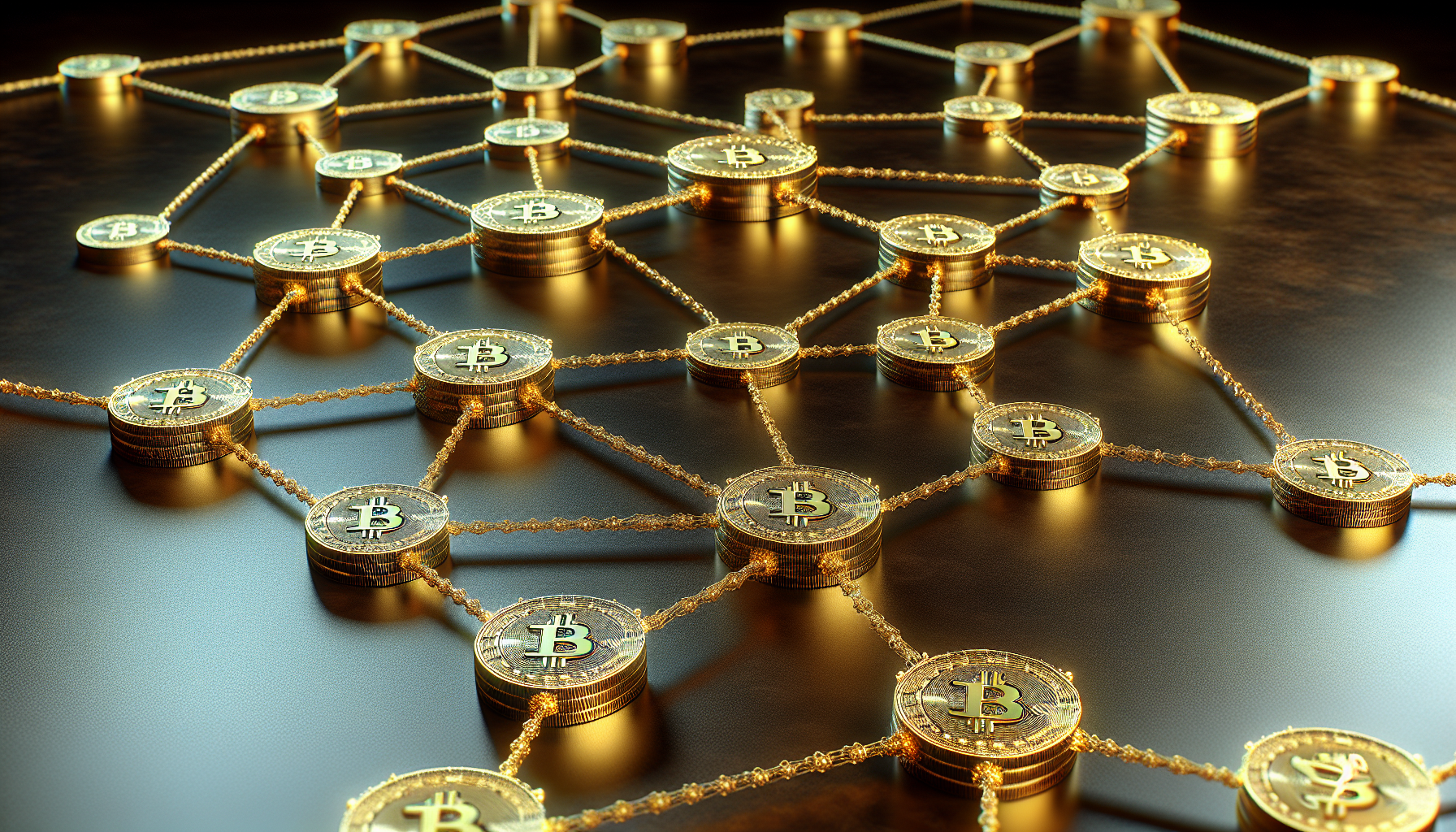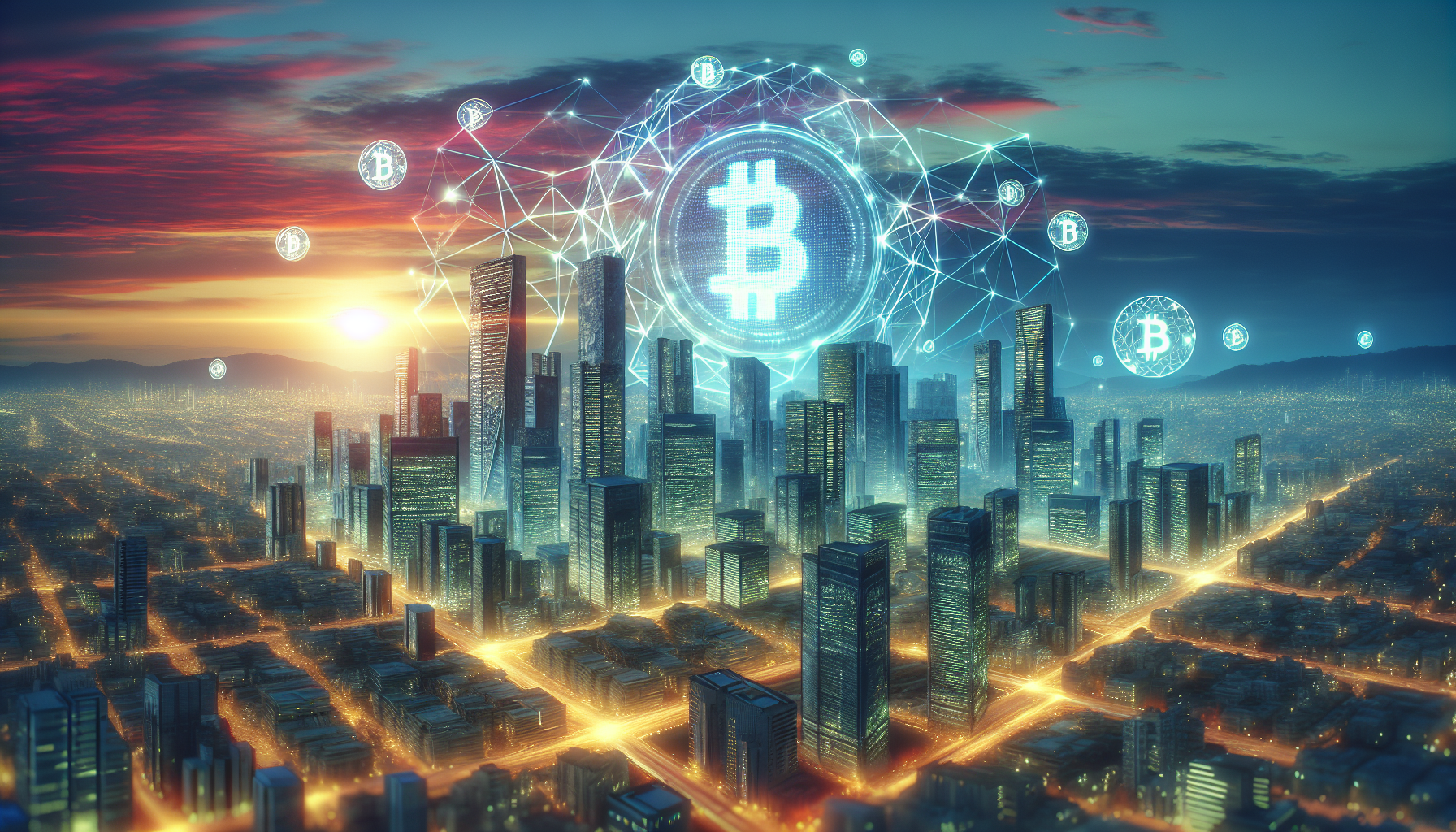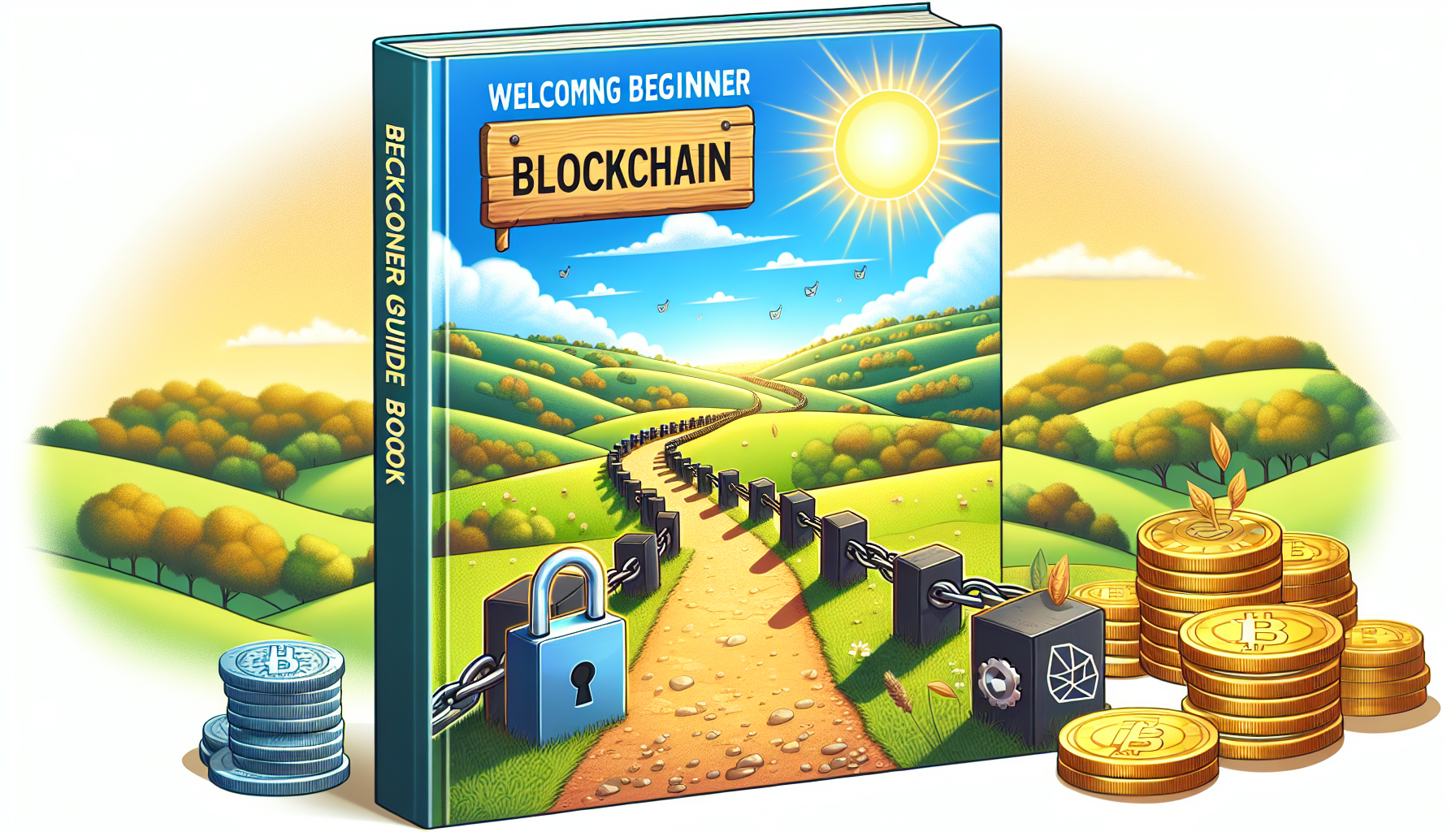What Exactly *Is* Tokenomics?
Simply put, tokenomics is the study of a cryptocurrency’s economics. It’s about understanding how a token’s supply, distribution, and utility all work together (or don’t!) to influence its value and sustainability. It’s the ‘token’ plus ‘economics’, get it? It’s not just about the price going up – although we all love to see that green candle action! – it’s about the long-term health and viability of the entire project. And let’s be honest, in the DeFi space, where projects can pop up and disappear faster than you can say “rug pull,” understanding tokenomics is absolutely crucial.

Why Tokenomics Matters (Like, REALLY Matters)
Okay, so why should you care? Well, poorly designed tokenomics can lead to all sorts of problems: inflation, price crashes, lack of user adoption… the list goes on. A project might have a brilliant idea and a slick user interface, but if the tokenomics are flawed, it’s doomed. On the other hand, well-designed tokenomics can incentivize user participation, attract investment, and create a sustainable ecosystem. Think of it like this: a good tokenomics model is like a well-balanced diet for a DeFi project – it provides the nutrients it needs to thrive. And trust me, a DeFi project needs all the help it can get in this crazy market!
Key Elements to Analyze
Alright, so you’re convinced that tokenomics is important. Great! Now, how do you actually *analyze* it? Here’s a framework I use (and have refined after a few, shall we say, *learning experiences*):
1. Token Supply
This is the foundation. How many tokens exist, and how many *will* exist in the future? Is there a fixed supply, or is it inflationary? What’s the distribution schedule? These are crucial questions. An unlimited supply, for example, can lead to inflation if not managed carefully. Conversely, a very limited supply can make the token inaccessible to many users. It’s a balancing act, and you need to understand the project’s approach. Remember that project “MoonLamboRocket” from last year? Yeah, huge supply, massive inflation, and well, you can guess the rest. Don’t be a MoonLamboRocket investor!
2. Token Distribution
Who gets the tokens, and how? Are they distributed fairly? Is there a large percentage held by the team or early investors? A highly centralized distribution can be a red flag. You want to see a healthy distribution among the community. Airdrops, staking rewards, liquidity mining – these are all common ways to distribute tokens. But pay close attention to the details. Are the rewards sustainable? Are they designed to attract long-term users, or just short-term speculators?
3. Token Utility
This is where things get really interesting. What can you *do* with the token? Does it give you governance rights? Can you use it to pay fees? Can you stake it to earn rewards? The more utility a token has, the more demand there’s likely to be for it. Governance tokens, for example, allow holders to participate in the decision-making process of the project. This can be a powerful incentive for long-term holding. But be wary of tokens with *no* utility. Those are just begging to be dumped as soon as the hype dies down.
4. Token Burning Mechanisms
Some projects implement token burning mechanisms to reduce the total supply over time. This can help to increase the value of the remaining tokens. However, it’s important to understand how the burning mechanism works and whether it’s sustainable in the long run. Some projects burn tokens based on transaction fees, while others use a portion of their profits. Make sure it makes sense within the overall tokenomics model. Also, watch out for projects that promise HUGE burns without a clear plan of how they’re going to achieve that, that’s usually a red flag!
Spotting Red Flags
Okay, so you’ve done your research, analyzed the tokenomics, and you’re feeling pretty good. But before you hit that “buy” button, here are a few red flags to watch out for:
- Unrealistic promises: If it sounds too good to be true, it probably is.
- Lack of transparency: The team should be open and honest about their tokenomics model.
- High inflation: Be wary of projects with excessive inflation rates.
- Centralized distribution: A small group of individuals holding a large percentage of the tokens is a major risk.
- No utility: If the token doesn’t have a clear purpose, it’s unlikely to hold value in the long run.
Final Thoughts
Analyzing the tokenomics of DeFi projects can seem daunting, but it’s a skill that’s well worth developing. By understanding the fundamentals of token supply, distribution, and utility, you can make more informed investment decisions and avoid getting burned (like I did back in ’21… *shudders*). Remember, DeFi is still a relatively new and evolving space. Do your research, be cautious, and never invest more than you can afford to lose. Happy DeFi-ing! And hey, if you find a project with *amazing* tokenomics, let me know! Always looking for the next big thing.



